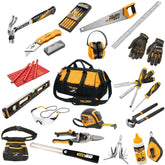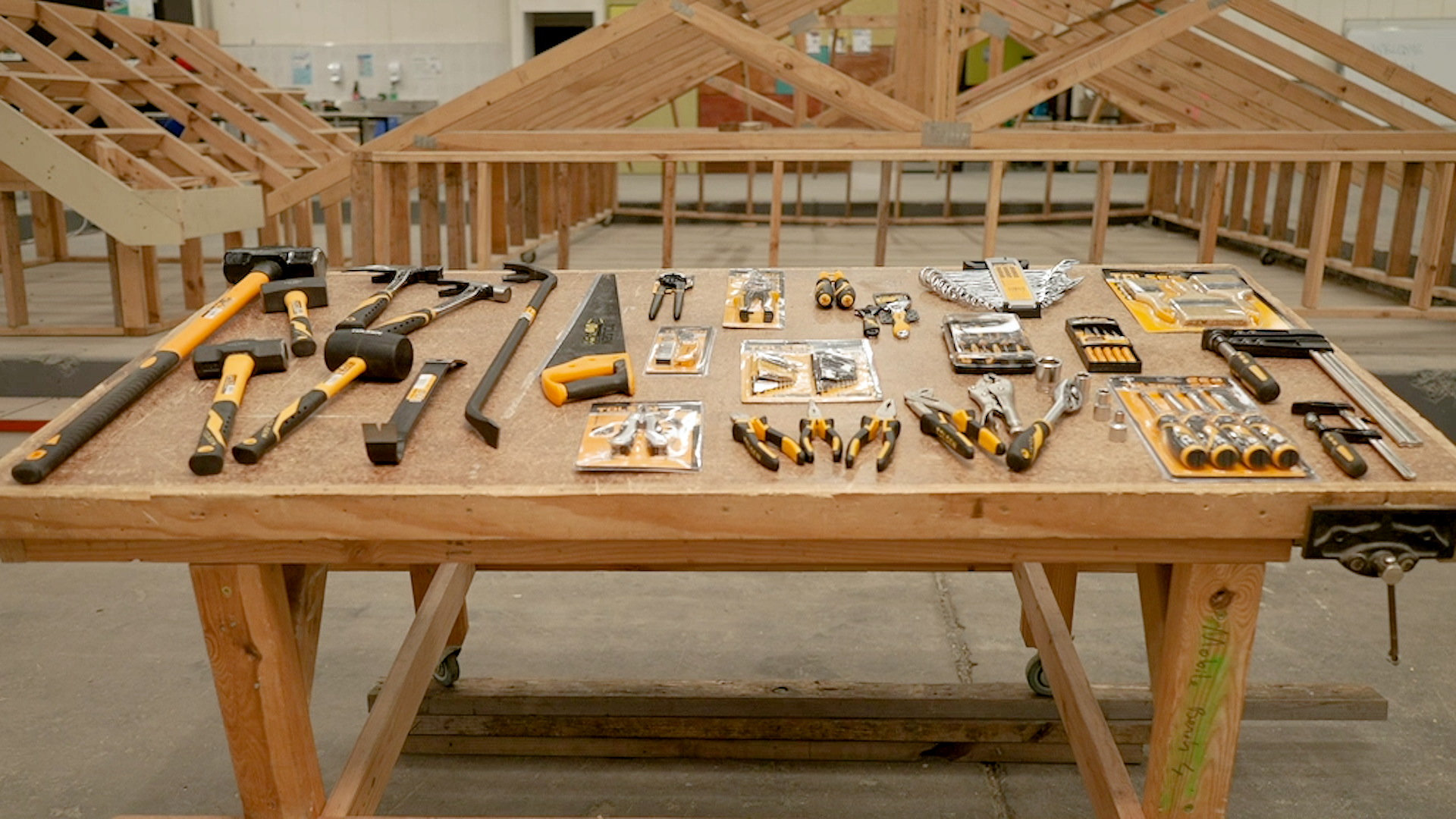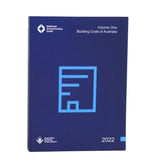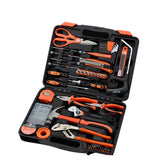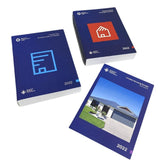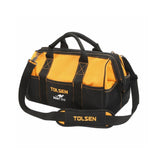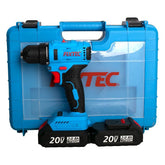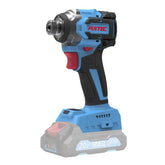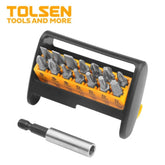How to Use a Drill?
The Basics for Beginners
Things to Consider When Using a Drill:
First of all, it’s always helpful to read the user manual that comes with your device. Designed to make tasks easier with both electric and cordless options, a drill is a tool every household should have. Thanks to interchangeable screw bits, it also functions as a screwdriver. Drills make countless home projects simpler—helping with everything from installing tables, wooden shelving, metal shelving, shutters, and furniture to handling general maintenance, repairs, and renovations.
When mounting items like paintings, mirrors, shelves, or wall cabinets, you'll often need to drill a hole before inserting screws. That’s where a drill comes in handy. With models that combine both drilling and screwing functions, you can complete the task more efficiently—simply drill the hole, switch to the appropriate bit, and screw it in without changing tools.
How to Use a Drill?
Do not neglect to wear safety glasses while using a drill, especially when drilling on wooden surfaces, too many wood pieces and splinters splash into the environment; protect your eyes. Also, make sure what is behind or under the material you are piercing and what is not. So don't actually have a pipe, electrical cable that you should pierce, or pierce the surface and cause a mess.
It is very important to use the correct drill bit for the job. Soft tips (* steel) are commonly used on more elastic surfaces such as wood. Harder tips (* carbon, cobalt) are used for metal surfaces. Spiral drill bits are a safe choice for many surfaces, while leaf and auger drill bits are more suitable for use on wood and similar soft surfaces.
Be careful to adjust the rotation direction of the drill from the "forward-backward selector" we mentioned above to turn Forward, ie clockwise.
If you are not familiar with the power and speed settings of the drill you are using, take care to start with slow speed, low torque settings and gradually increase it until you find the ideal speed and power required by the job. Place the drill on the surface where you want to drill at a proper angle and gently press the trigger, while you don't think the drill will do all the work for you, put pressure on the surface with your body and that's it. Making a hole with a drill is the easiest job in the world when you set the drill correctly and properly and choose the right size, size and type of drill bit for the surface.
